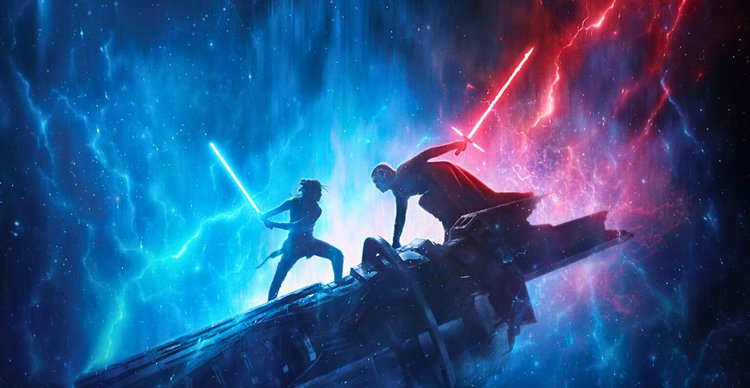Disney has officially revealed that Star Wars: The Rise of Skywalker cost a stunning $593.7 million to make — that’s roughly £450.2 million, placing it among the top three most expensive films ever produced. And yes, even by Star Wars standards, that’s jaw-dropping.
The figure, shared through the film’s U.K. production filings, shows how big-budget filmmaking looks on paper when tax incentives and reimbursements are factored in. It also opened the floodgates for fans online, where people dove into how Hollywood money really moves behind the scenes.
Disney’s Galactic Price Tag
According to Forbes’ Caroline Reid, The Rise of Skywalker was filmed in the United Kingdom — just like The Force Awakens and Rogue One. That detail matters because the U.K. requires studios to publicly file their production costs when they benefit from tax rebates. Those records make for rare transparency in an industry that usually guards such numbers like state secrets.
Interestingly, the movie came in under budget, which is wild considering the nearly $600 million total. Post-production reportedly cost less than expected. Editor Maryann Brandon later shared on The Rough Cut podcast that the team “had three months less to work on The Rise of Skywalker than The Force Awakens,” since Disney refused to delay the release date. She admitted that the accelerated schedule “affected everything.”
Director J.J. Abrams also told Entertainment Weekly that this final film didn’t need as many reshoots as The Force Awakens, explaining that by then, “we knew who and what worked.”
Still, when the final credits rolled, Disney walked away with a tax reimbursement worth $103.8 million, bringing its net spend to about $490 million. The movie grossed over $1 billion worldwide, and after theaters took their usual cut, Disney’s estimated profit from box office alone was around $48.6 million.
The Accounting of the Force
That’s where things got interesting online. Fans on Reddit weren’t convinced those numbers told the full story.
“Did they sell all the props to Mando and Andor at like 20x markup to launder money or something?”
Another added that this kind of “creative accounting” is common. As one put it, movie studios form a separate LLC for each project, then “lease all the equipment to that LLC at ridiculous rates, so when the film ‘fails to make a profit,’ the parent company pockets the difference.”
Others pointed out that this system isn’t unique to Disney — it’s part of what’s often called “Hollywood accounting.” One comment joked that “Toyota sells itself 5-dollar nuts that go for 50 cents anywhere else,” comparing it to how studios shift money internally.
“The people running the LLC know that their goal is to make as little profit as possible, because they actually serve the studio.”
A few users even cited the famous Art Buchwald v. Paramount lawsuit over Coming to America, which pulled back the curtain on the same system decades ago. In that case, a court found that a blockbuster that had clearly made money on paper was, somehow, officially “unprofitable.”
For many fans, that was the punchline. “Return of the Jedi never turned a profit either,” one person noted dryly. “Sure guys. Sure.”
“Somehow, a $600 Million Film Has Returned”
The jokes didn’t stop there. A fan quipped, “More like The Rising Cost of Skywalker, am I right?” Another added, “Kylo Ren: ‘What can you give me?’ Palpatine: ‘Six hundred million dollars.’”
But behind the humor, there’s a real frustration with the imbalance between cost and creativity. One funniest comment said what many were thinking:
“Over half a billion dollars to bring you Palpatine getting laid, the Reylo kiss, retcons of the previous film, Force dyads, and Rey Skywalker.”
Others wondered how so much money could produce something that felt rushed. “It was rushed into production without a finished script,” one user argued, saying that Disney’s insistence on hitting its 2019 release date inflated costs and hurt quality. Another echoed the sentiment: “Disney cared more about a release date than quality. Gotta make those yearly earnings look good for shareholders.”
What Fans Think Went Wrong
Fans debated everything from studio priorities to writing quality. Some said the problem wasn’t the budget — it was the script planning. One wrote, “They should have hashed out a cohesive story for all three movies before filming. Instead, it felt like they were writing it as they went.”
Others discussed the imbalance between what studios spend and what they value. “A good script isn’t expensive,” one person said. “Special effects and actors cost money, but a strong story just needs good writers — which Disney seems allergic to.”
Even professional-sounding voices chimed in, noting that massive budgets don’t always mean high quality. “Set design, wardrobe, props, food, lodging, cast, VFX — writers are literally the cheapest part of any production,” one commenter explained.

